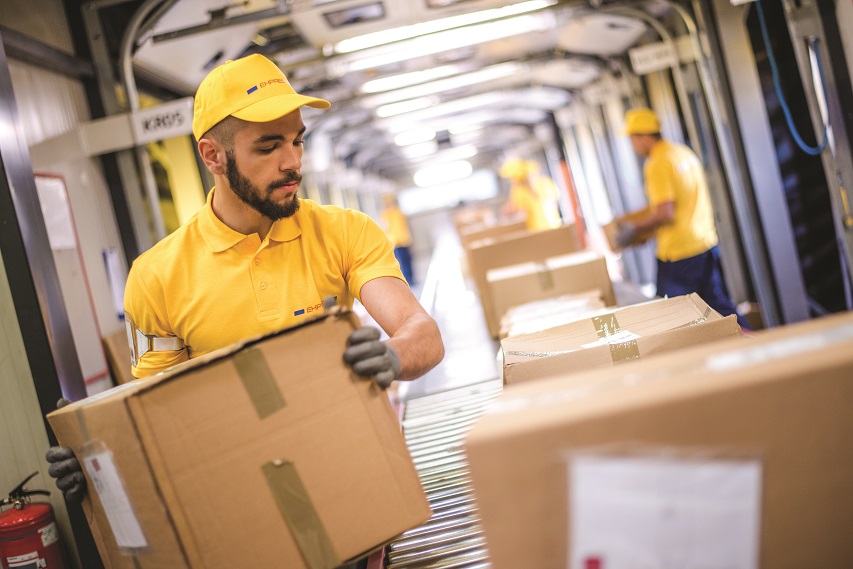Peter Kinselley considers the impact of technology on the future of health and safety and offers guidance on how practitioners can keep abreast of the rapid pace of change.
I often reflect upon one particular TV programme from the 1980s that predicted that the office of the future would be fully automated and have no telephones. It presented a stark but brightly-lit future that felt easy and unsettling at the same time.
Recently, when watching Designated Survivor, a similar moment presented itself. The President is asked by a former factory worker, “Will you get our old jobs back’”, to which he replied, “they are gone…”, and went on to talk about what else could be done to replace the jobs.
Looking to the future of health and safety means we must look at the current economic, technological and social trends, how they are being played out and how they will affect the workplace. Since the programme on the future office, how we work has changed significantly; we rely heavily on technology and ‘global’ is a term we use routinely. Both have improved the way we work, communicate and can access goods and information. They have also heavily impacted our social lives and how we see our world.
The changing world
Our workplace and social lives are being driven by an increasingly diverse range of products (technology and food) and services that are available to us. While this means increased choice and competitive pricing it also means that we are divorced from our surroundings as we do not see the impact of the processes used to produce these items.
The same is happening in the world of health and safety. Technology is being developed at pace while in the health and safety world regulation and governance issues are lagging behind. This is the case in even the most advanced countries.
In the UK, Brexit is adding to this concern as the Government is currently focused on its discussions on coming out of the EU and as a result, all UK legislation needs to be reviewed. This is likely to slow UK health and safety legislation development for the next 5 years. As a result, health and safety implications that new technology brings may not be fully considered or understood.
The impact on the organisation
Organisations feel the impacts of new technology and a lack of regulation keenly; on one hand, improved technology and communication increases the marketplace opportunities but on the other, it means increased competition and pricing. It also requires organisations to operate across multiple countries and understand local regulations. And these are affected by local customs and culture, which makes them more difficult to understand.
What does this mean for the future of health and safety?
Organisations will want to be more competitive and therefore health and safety needs to be seen as a business enabler and a key driver for improving the health of workers. With variances in health and safety regulation and culture, health and safety professionals need to ensure that risk management takes a positive, holistic approach to raising health and safety standards and they do not rely only on regulation.
In the future health and safety professionals will need to adapt to new ways of working and keeping their professional practice up-to-date is key.
I would suggest, however, that some key principles will need to be retrained. These include:
- Visible felt leadership
- Risk assessment
- Planning
- The ability to effectively communicate a health and safety programme across a diverse workforce
- Most important of all – show we care about our most important asset – the colleagues we work with and make sure they go home safe and well.
Do you have health and safety objectives you need to achieve in your organisation but aren’t sure where to begin? Our health and safety consultancy can help! Or email [email protected] to find out more.




